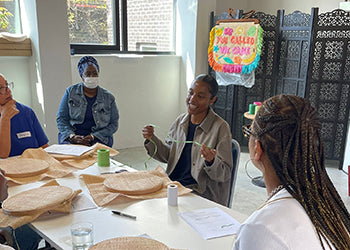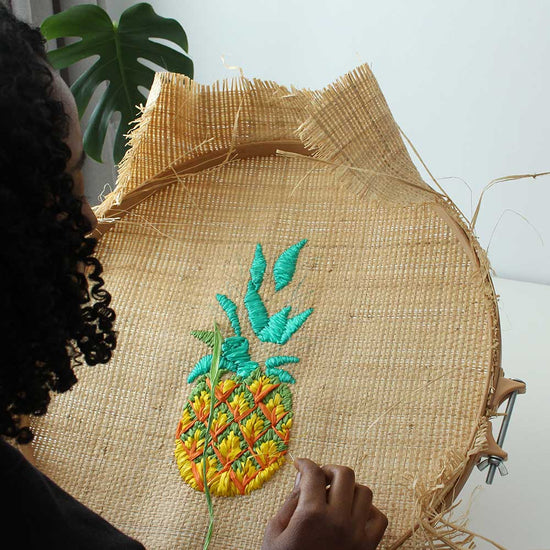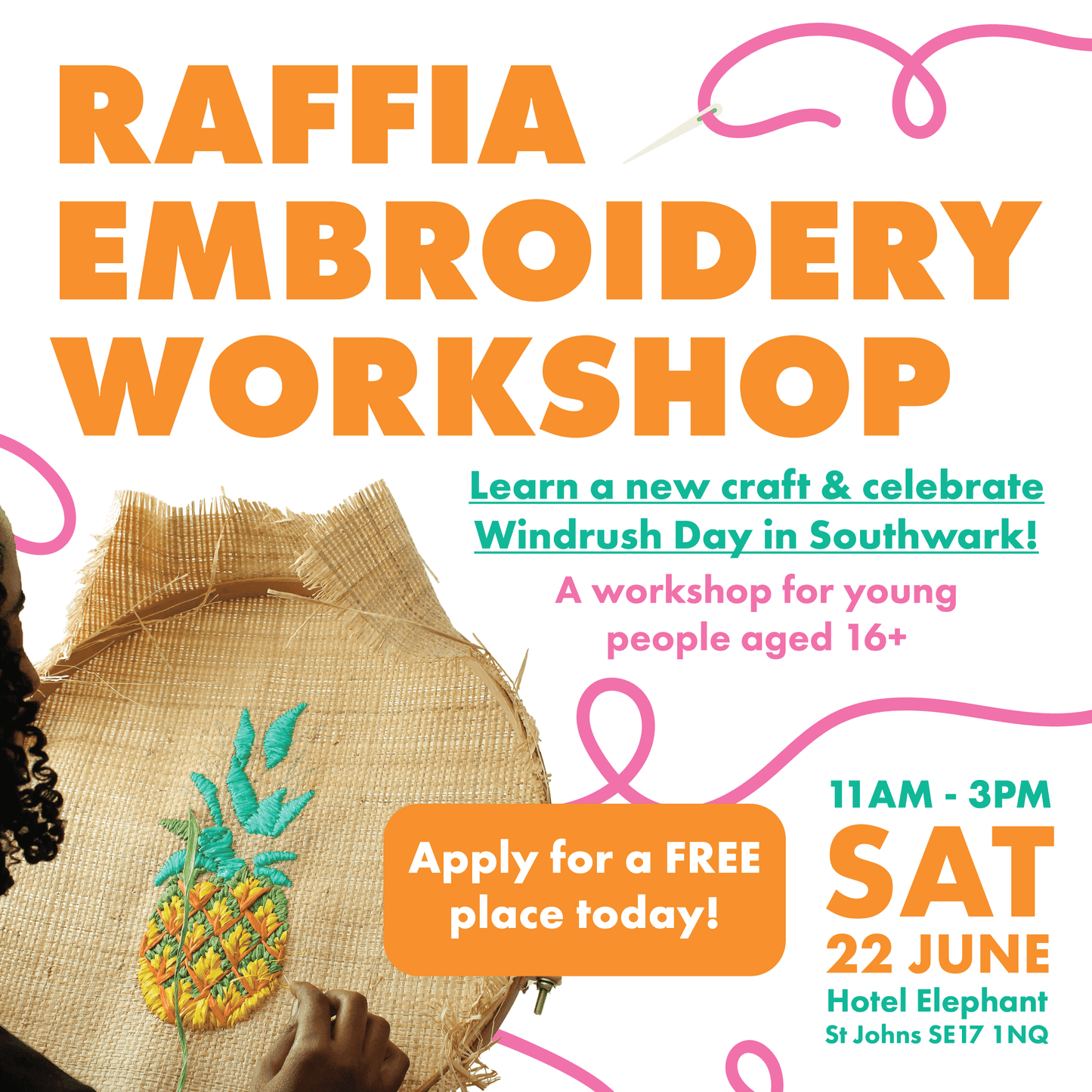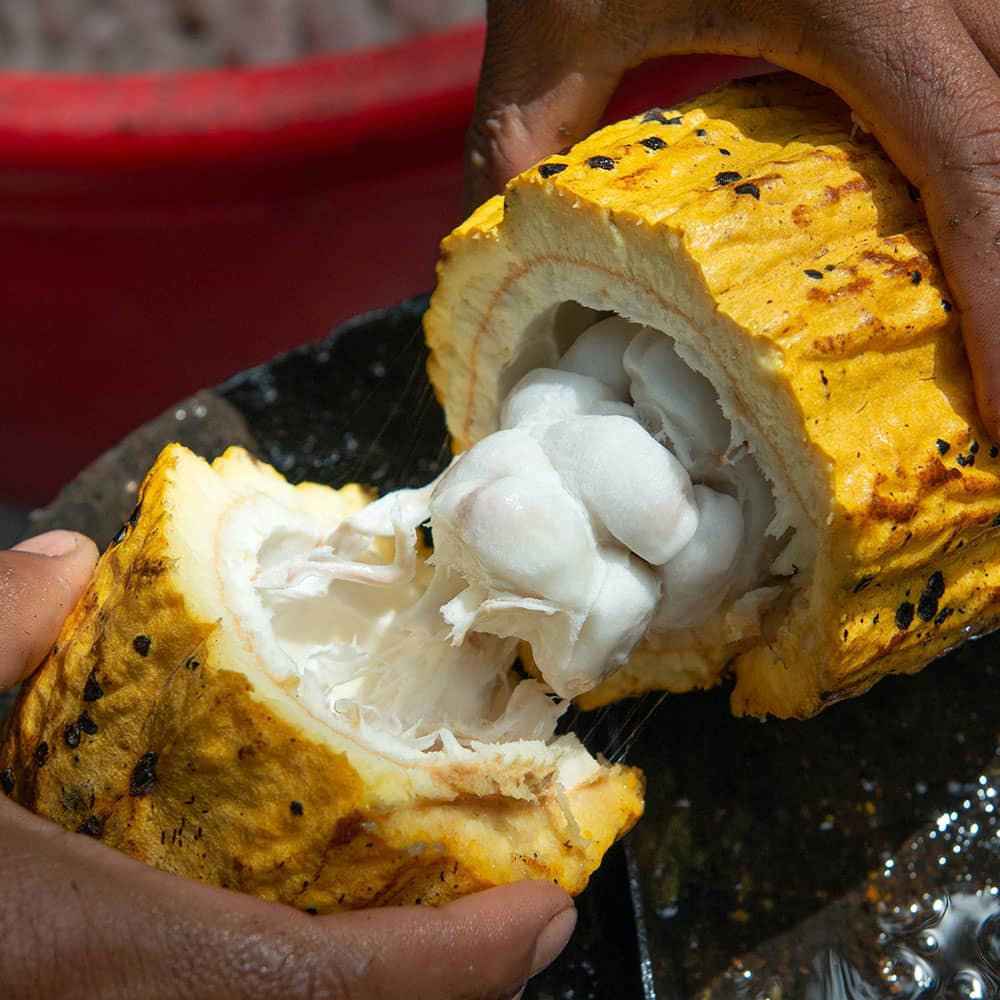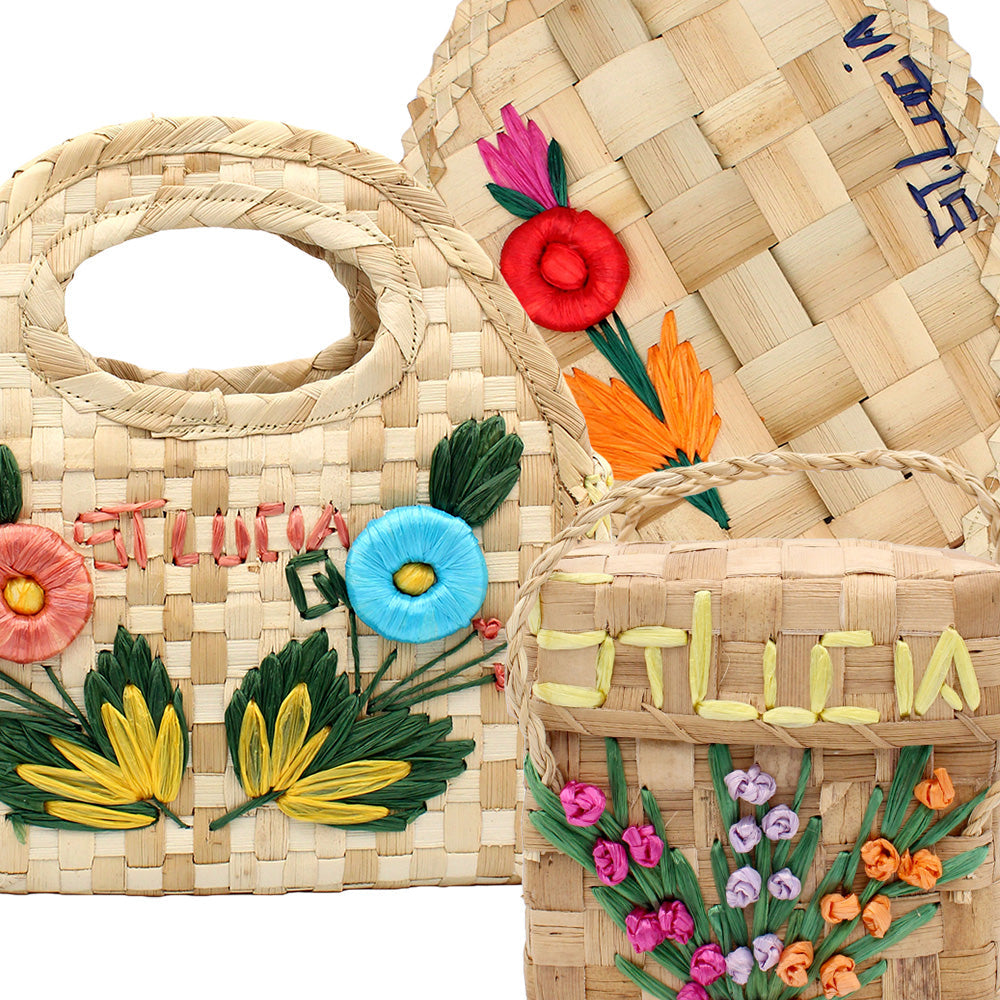
The Caribbean Island of St Lucia is a captivating blend of breathtaking landscapes, vibrant culture, and rich history. Nestled on its southwestern coast lies the district of Choiseul, a place where the expert hands of artisans transform raw materials into beautiful and functional objects. This blog post explores the traditional crafts of Choiseul, exploring the stories moulded in clay and woven into straw, the challenges faced by this age-old tradition, and the enduring spirit of its people.
Choiseul, St Lucia
Choiseul's story is deeply intertwined with the island's rich past. This district of St Lucia was home to the few Caribs who stayed behind in the late 1600s when tribes moved on to other islands. The Caribs were excellent at utilising local raw materials and producing various functional items for domestic use. The Caribs have all but disappeared from St Lucia, with only a few people from the La Pointe community of Choiseul able to claim this distinct heritage. Despite this, part of their lifestyle lived on through the traditional crafts that have been kept for centuries by generations of St Lucians.

The arrival of enslaved Africans and indentured labourers from other countries throughout the colonial years further enriched the cultural mix of St Lucia, and therefore Choiseul. The diverse skills and knowledge of different cultures were combined with the existing practices, to create a unique blend of styles and techniques reflected in the local crafts.
St Lucia Clay Pottery: A Legacy Moulded by Time
Clay pottery in Choiseul has been passed down through generations from mothers to daughters and is a cornerstone of Choiseul's craft tradition. Daughters learn pottery organically from their mothers throughout their childhoods, and after finishing secondary school at fifteen they often enter a more focused apprenticeship. The women of Morne Sion and La Pointe in Choiseul are known all over St Lucia for their work in pottery.
The potters of Choiseul use techniques that date back to the indigenous people, relying on local materials. They begin by gathering clay carefully selecting the right consistency and texture. This clay is assembled in a hole outside where it is sprinkled with water twice a day for a week for it to soften, it is covered with plastic, crocus bags, or coconut branches to protect it. When the clay is sufficiently moist, it is then mixed to dissolve lumps and blend clay colours. After mixing, the clay is carried indoors and then meticulously kneaded and shaped into various forms, guided by the potter's skilled hands and years of experience. The unglazed vessels are then fired in open bonfires.
The creations range from the ever-popular coal pot, a portable clay cookstove used for grilling and stewing, to ‘canawí’, the traditional round-bottomed cooking pot. The coal pot is still very popular in St Lucia and is used in combination with indoor gas and electric stoves. There are many examples of clay cookstoves in northern and western Africa, with those from Nigeria and Cameroon bearing remarkably similar shapes to the coal pots of the Caribbean. Evidence of the influence of African culture in the Caribbean.
The canawí has been replaced by imported aluminium pans today, but many older St Lucians say that callaloo, pumpkin soup and one-pot dishes taste better in the seasoned clay vessels. In St. Lucia, canawí is also the Creole word used to describe pottery altogether.

The types of objects made by potters were also influenced by the establishment of tourism in the 1960s. Potters began making objects like ashtrays popular with visitors and large flowerpots for hotels.
For some women, the craft industry is their sole source of income, but for most, it is not profitable enough to comfortably meet the cost of living. However, there are also other types of pottery practised in St Lucia where artisans use more modern technology and techniques and finish items with a glaze. These products can be exported and sold to hotels and can be more profitable as they can be produced in larger quantities.
St Lucia Straw Crafts: Creating from Plants
While clay offers a connection to the earth, the artisans of Choiseul also find inspiration in the abundance of plants. Straw craft flourishes in Choiseul, with craftspeople utilising readily available plant materials like sisal, khus khus grass, and screw pine. These natural fibres, transformed by skilled hands, become functional and decorative objects.
The process begins with collecting the raw materials, often involving venturing into the heart of the rainforest. The artisans skilfully select the perfect blades of grass or leaves, ensuring their strength and flexibility. These natural fibres are then meticulously cleaned, dried, and used to weave, plait, and sew into finished products like hats, baskets, mats, chairs, and even bags. Items that are not just practical but also boast exceptional beauty and craftsmanship.
Straw chairs are often used in rural homes, hotels, restaurants, and offices. They are very durable, withstanding most weather conditions, and portable. The frame of straw chairs is made from white cedar and jaune ( eleocharis interstincta ), an endemic plant, is used to weave and design the seat. If this plant is not available, alternatives like khus khus grass or screw pine are used.

Each piece, whether a tightly woven basket designed to carry heavy produce, or a straw hat adorned with floral embroidery, speaks volumes about the resourcefulness and creativity of the Choiseul people. Their ability to transform the ordinary into extraordinary is a testament to their deep understanding and appreciation of the natural world around them. They make good use of raw materials and plants, with only raffia being imported.
Straw craft is a source of income for many women but is not usually enough to live off. However, it can be profitable in a reliable market. Straw craft workers are very industrious and hard-working people, so it is a shame the market for their creations isn’t bigger or more reliable.
Facing the Future: Challenges and a Glimmer of Hope
Despite the enduring legacy of Choiseul's crafts, the future remains uncertain. The allure of modern conveniences, the turbulent tourist market and climate change pose significant challenges to the continuation of these traditions. Younger generations are drawn towards more modern career paths, and the knowledge and skills risk fading unless active steps are taken to preserve them.
However, amidst the challenges, there are glimmers of hope. Organisations like the Choiseul Arts, Craft, and Tourism Heritage Association provide a platform for artisans to showcase their work, reaching a wider audience and generating much-needed income. Additionally, a growing appreciation for cultural heritage has sparked efforts to document and preserve traditional techniques. For example, Creole Heritage Month is celebrated annually in St Lucia in October. It is a nationwide festival that honours French Creole Heritage and the richness and diversity of Saint Lucia's cultural, ethnic, and artistic heritage. The month-long celebration involves music, dance, cuisine, art, and crafts.
More Than Just a Souvenir: Preserving the Traditions in St Lucia
Visiting Choiseul and interacting with its artisans is not just about acquiring a unique souvenir; it's about immersing yourself in the traditional culture of St Lucia. Gain a deeper understanding of the artisan’s deep connection to their land and heritage, and appreciate the skills and knowledge passed down through generations.
By choosing handcrafted items from Choiseul, you are not just taking home a piece of art; but also contributing to the preservation of a cultural legacy and supporting the livelihoods of the artisans who keep these traditions alive. Every purchase becomes a vital thread in the preservation of legacy and safeguarding traditions.
Sources and Further Reading
Ancient Art Choiseul Documentary
Traditional Creole Pottery in the Contemporary Commonwealth Caribbean


